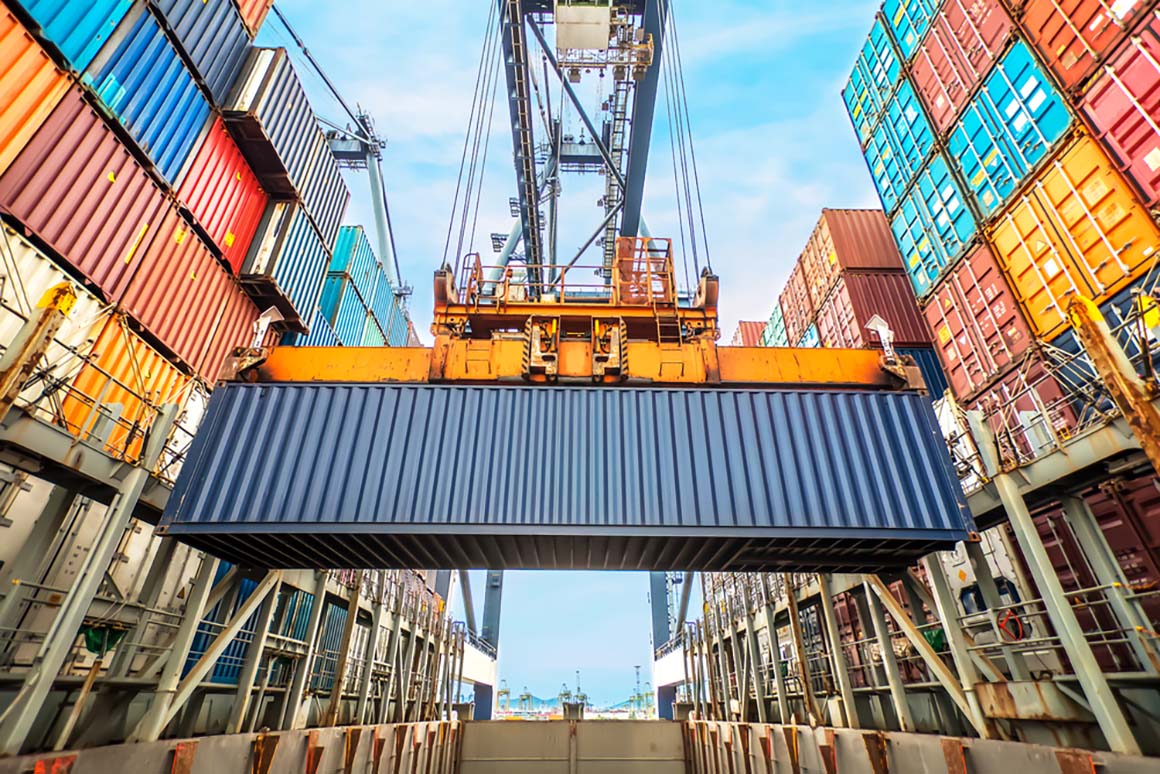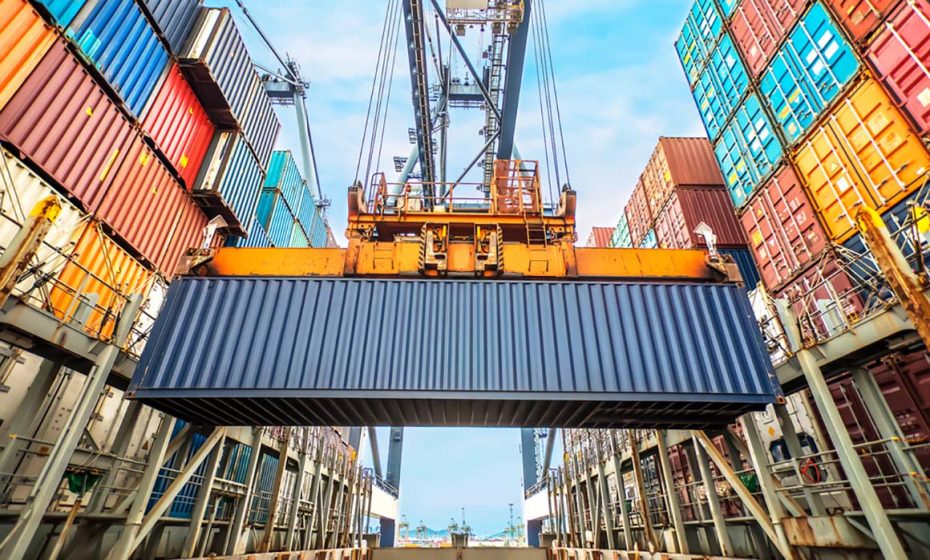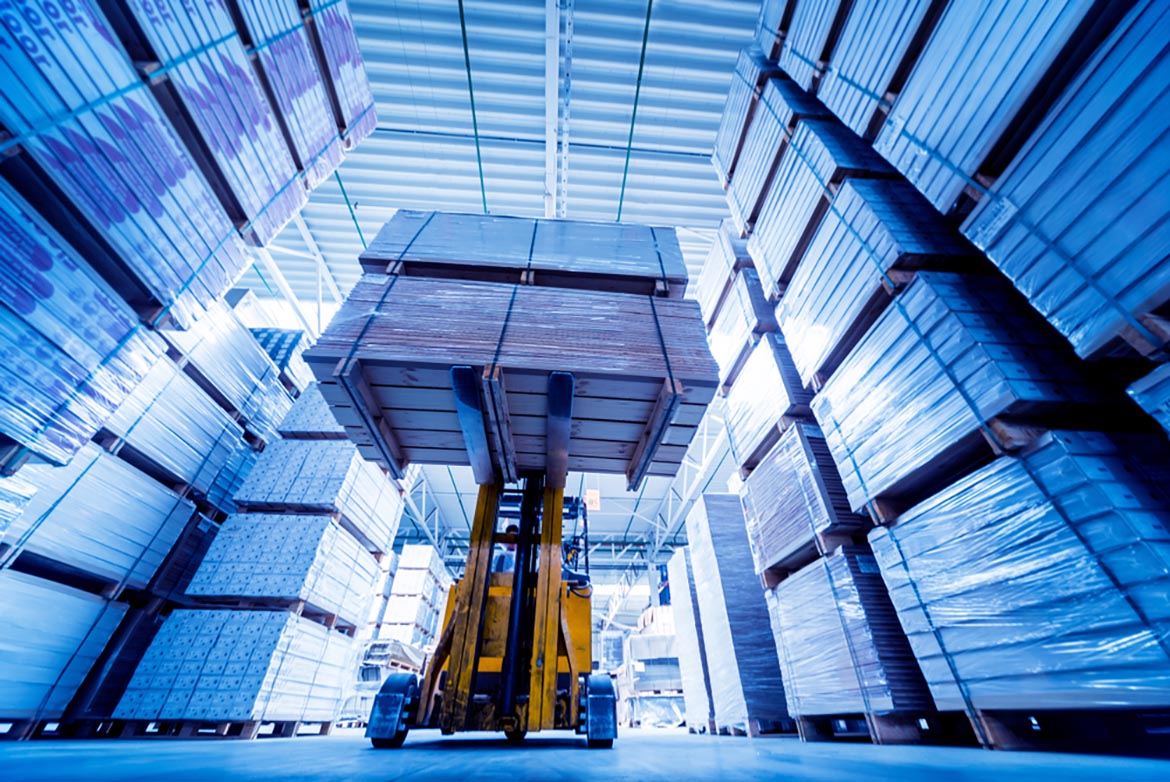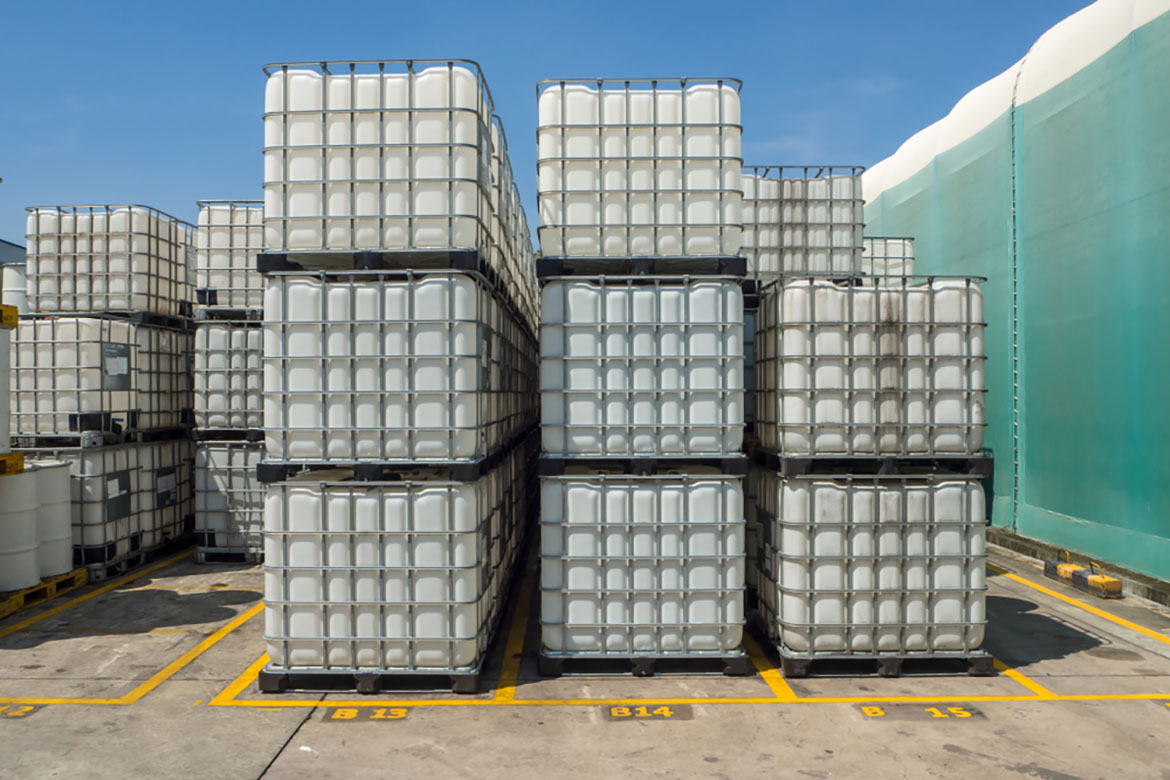When it comes to shipping in bulk, there is no single right way to do it. The best way to ship will vary depending on the product being shipped, the destination and the industry involved. In this article, we’ll look at some of the most common ways to ship in bulk for various industries.

Source: MOLPIX/shutterstock.com
Why Diverse Industries Ship Goods in Bulk
When you’re shipping large quantities of goods, it’s more efficient to do it in bulk because it saves money on shipping costs. The key to making bulk shipping work is standardization. All the products being shipped must be the same size and shape so that they can be loaded onto the truck quickly and efficiently. That way, the truck can be filled with as much product as possible without having to waste time packaging each item. By shipping in bulk, businesses can save time and money while still getting their products to their customers safely and on time.
Need Bulk Bags For Your Next Shipment?
How to Package Your Products for Shipping
When figuring out how to ship in bulk, you must consider the weight of the box, the dimensional weight, and the packing material.
The Weight of the Box
When you’re shipping products, consider how much the box weighs. This is crucial because the courier or postal service you use will charge by weight, and if your box is too heavy, it could end up costing you a lot more to ship than you anticipated. There are a few things you can do to minimize the weight of your packaging to keep your shipping costs under control:
- Consider using lighter materials such as cardboard or foam instead of wood or metal.
- Avoid using excessive packing material such as bubble wrap or peanuts.
- If you’re shipping bulk, consider using pallets or crates instead of individual boxes.
Source: Roman Zaiets/shutterstock.com
Dimensional Weight
Dimensional weight is how much space a package takes up on an aircraft, train or boat and how they calculate the cost to ship it.
The basic formula for dimensional weight is length x width x height ÷ 139. One way to avoid doing the math is to use FedEx Express® Packaging. It’s designed to help minimize dimensional weight. If you don’t have enough packages to justify using this kind of packaging, pack your items tightly together—clothing items like T-shirts can be rolled—and use soft packaging like bubble wrap or packing peanuts to fill any empty spaces in the box.
Packing the Contents of the Box
When you’re shipping products, you must be careful about how you package them. The contents of the box will determine how the product arrives at its destination. You don’t want the contents of the box to shift during transit and end up damaged.
There are two simple things you can do to prevent this from happening. First, use packing material that will keep the contents of the box in place. Then, secure the lid of the box with tape so that it doesn’t come open during transit. Consider the contents of the box and how best to protect them. Whether you are using IBC totes, drum barrels or bulk bags, it’s imperative to confirm that nothing is at risk of opening.
Source: Siwanan K/shutterstock.com
Need an IBC tote for Shipping Liquids?
How Carriers Evaluate Weight and Dimension
Oversized packages have both weight and dimension problems. Extra shipping charges can apply to light products because they take up a lot of space. Dimensional weight, also known as DIM weight, is the key here.
When it comes to large boxes, shipping in bulk will depend on the carrier. The DIM factor is different for each carrier, such as USPS, FedEx or UPS, so make sure to check with your carrier for their specific number. You can use this weight to compare the relative efficiency of shipping via different carriers. In general, the smaller the dimensional weight, the better. Also, consider other factors, such as delivery time and price, when making your decision.


